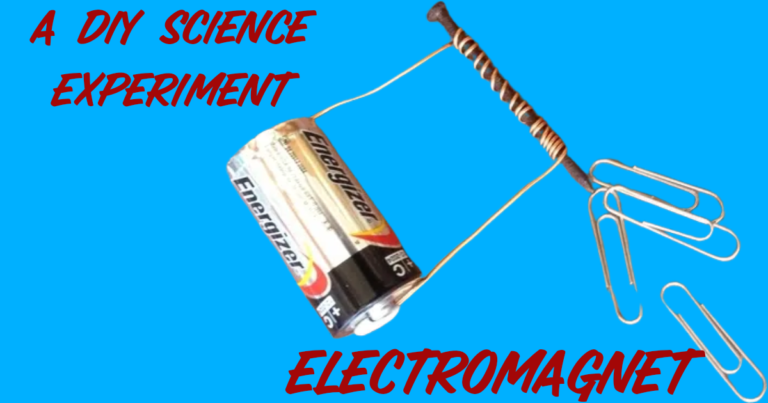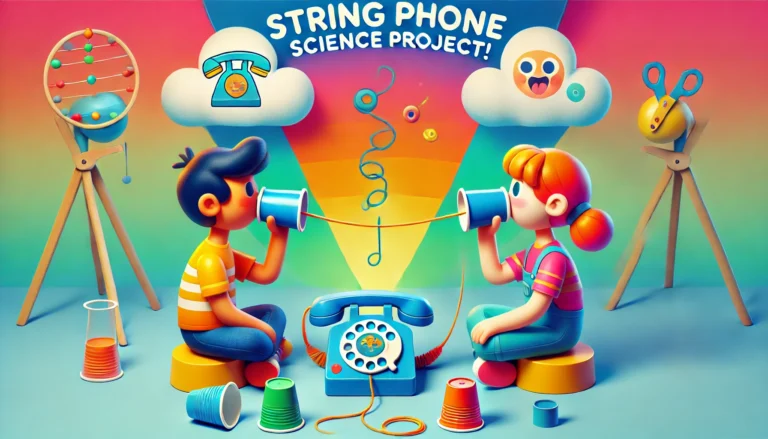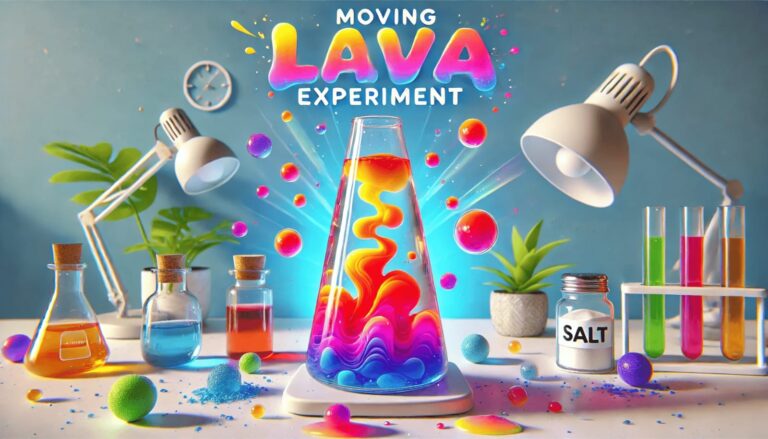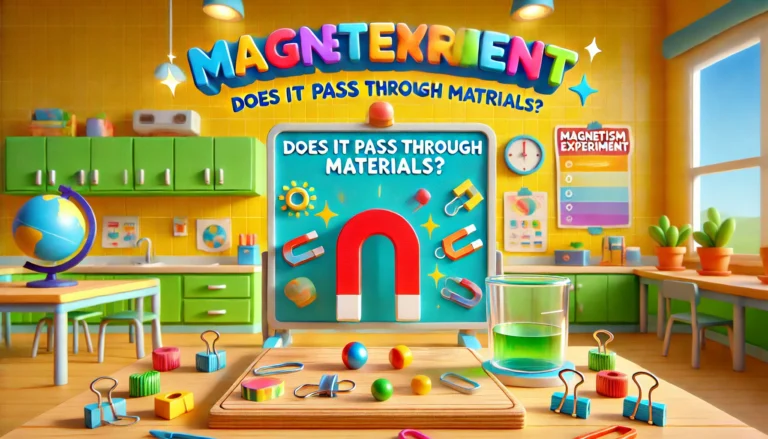Dry Ice School Project: Fun Experiment and Explanation for Students
Introduction
In this project, we are going to learn about a special type of ice called dry ice. Unlike the regular ice we use in our drinks, dry ice doesn’t melt into water. Instead, it turns into gas! Dry ice is made from carbon dioxide (CO2), which is the gas we breathe out. It behaves very differently from regular ice, and in this experiment, we will see how it works and what makes it so unique.
What Is Dry Ice?
Dry ice is frozen carbon dioxide. While regular ice is made from water (H₂O), dry ice is made from carbon dioxide, which is normally a gas. When dry ice warms up, it changes directly from a solid to a gas in a process called sublimation. This is why it’s called “dry” ice—it never turns into a liquid!
Fun Fact:
Dry ice is extremely cold—about -109°F (-78°C). It’s much colder than regular ice, so you must handle it very carefully.
Materials Needed for the Experiment
Before starting, make sure you have all the materials listed below. Remember, dry ice can be dangerous if not handled properly, so always ask an adult for help!
| Item | What It’s Used For |
|---|---|
| Paper towel | To place the ice cubes on |
| Ice cube | A regular ice cube to compare with dry ice |
| Winter gloves | To safely handle dry ice (never touch it with bare hands!) |
| Aluminum pie tin | To hold the candle and dry ice |
| Candle | A small candle for part of the experiment |
| Matches or lighter | To light the candle (ask an adult for help) |
| Glass | To hold water and dry ice |
| Water | Warm water works best for the fog effect |
| Modeling clay | To keep the candle standing upright |
| Dry ice | Frozen carbon dioxide, available from ice suppliers |
| Adult helper | For supervision and to handle dry ice safely |
Safety Instructions
Before we begin, it’s important to know how to handle dry ice safely:
- Never touch dry ice with bare hands! Always use winter gloves because it’s very cold and can burn your skin.
- Do not breathe in too much of the gas that comes from dry ice, and always use it in a well-ventilated area.
Step-by-Step Procedure
Part 1: Observing the Difference Between Regular Ice and Dry Ice
- Prepare the workspace: Place a paper towel on the table in front of you.
- Place the ice: Put a regular ice cube on the paper towel.
- Add the dry ice: Wearing winter gloves, place a small piece of dry ice on the paper towel next to the ice cube.
- Watch and compare: What happens to the regular ice? It will slowly melt into water. What happens to the dry ice? Instead of melting, the dry ice disappears and turns directly into gas! This process is called sublimation.
Part 2: Making Fog with Dry Ice
- Prepare the candle: Put a small ball of modeling clay in the bottom of an aluminum pie tin. Then, stick a candle into the clay so it stands upright in the middle.
- Light the candle: Ask an adult to help you light the candle using matches or a lighter.
- Prepare the water: Fill a glass with warm water.
- Add the dry ice: Put on your winter gloves and place a piece of dry ice into the glass of warm water. Watch what happens! You will see bubbles forming and fog pouring out of the glass. This happens because the dry ice is turning into gas.
- Put out the candle: Hold the glass about 6 inches (15 cm) above the candle flame. The fog will flow down from the glass and over the candle. What happens? The flame will go out! This happens because the gas from the dry ice is carbon dioxide, which replaces the oxygen around the flame, causing it to go out.
Explanation of the Experiment
In this experiment, we compared regular ice (made from water) and dry ice (made from carbon dioxide). Here’s what we learned:
- Regular ice melts into water: When it warms up, regular ice goes from a solid to a liquid. This is something we see every day.
- Dry ice doesn’t melt into liquid: Instead of melting into a liquid, dry ice goes directly from a solid to a gas. This is called sublimation. That’s why we don’t see any liquid when dry ice “melts”—it turns into carbon dioxide gas.
When we put dry ice into warm water, it turns into gas even faster, and the bubbles rise to the surface. The fog you see is not carbon dioxide itself—it’s actually condensed water vapor mixed with the carbon dioxide gas. The fog is heavier than air, so it flows down and out of the glass.
Why Did the Candle Flame Go Out?
A candle needs oxygen to burn. When the carbon dioxide gas from the dry ice comes into contact with the flame, it pushes the oxygen away. Without oxygen, the flame cannot keep burning, so it goes out.
Conclusion
In this project, we learned about the amazing properties of dry ice and how it’s different from regular ice. Dry ice doesn’t melt like water-based ice—it turns straight into gas! This is why it’s called “dry” ice—it never gets wet. We also saw how dry ice can create fog, and we learned that carbon dioxide is heavier than air, which is why it flows down and can even put out a candle flame.
This experiment shows us just how cool science can be! Dry ice is not only fun to play with but also helps us understand more about how gases and solids behave.
Important Takeaways
- Dry ice is frozen carbon dioxide (CO2) and turns directly into gas through sublimation.
- Always handle dry ice carefully with gloves and adult supervision.
- Dry ice can be used to create spooky fog for Halloween, movie sets, and fun experiments.
- Carbon dioxide is heavier than air and can replace oxygen, which is why it can put out a flame.
This project taught us the fascinating differences between dry ice and regular ice, and how we can use science to observe changes in the world around us!
Acknowledgments
Special thanks to my teacher and family for helping me with this project and making sure I used dry ice safely!






